The Rise of Lightweight Modular LED Systems for Mobile and Rental Applications
 In recent years, modular LED display systems have undergone a major transformation, driven by technological innovation and evolving market demand. From large outdoor installations to compact rental screens for events, modular LED technology has become increasingly adaptable, lightweight, and efficient. Among these advancements, the development of lightweight modular LED systems stands out as a turning point, enabling a new generation of mobile and rental applications with enhanced flexibility and lower operational costs.
In recent years, modular LED display systems have undergone a major transformation, driven by technological innovation and evolving market demand. From large outdoor installations to compact rental screens for events, modular LED technology has become increasingly adaptable, lightweight, and efficient. Among these advancements, the development of lightweight modular LED systems stands out as a turning point, enabling a new generation of mobile and rental applications with enhanced flexibility and lower operational costs.
This article examines how lightweight modular LED systems are reshaping the industry, exploring the engineering breakthroughs, user benefits, and market implications that define their rise.
The Shift Toward Mobility and Flexibility
As event organizers, advertisers, and production companies seek greater agility, the demand for mobile and rental LED display solutions has expanded rapidly. Traditional LED structures were once bulky and complex, requiring significant manpower and transport resources. Today, lightweight modular designs allow users to assemble and disassemble systems in minutes, making them ideal for roadshows, live concerts, exhibitions, and outdoor campaigns.
The shift toward mobility is also a response to growing event diversity. Whether in shopping malls, sports arenas, or public plazas, portable LED display systems offer unmatched versatility. Their modular structure enables users to customize screen dimensions and configurations to fit any venue. This design approach not only reduces transportation complexity but also enhances setup speed, reducing downtime between events.
Engineering Innovations Behind Lightweight Design
The evolution of lightweight modular LED systems is deeply rooted in material science and structural engineering. Advanced aluminum alloy frames have replaced heavier steel components, achieving significant weight reduction without compromising strength. Meanwhile, thin LED modules and integrated power systems have streamlined construction, minimizing cable use and overall footprint.
Modern LED panels now feature high-strength composite materials that ensure durability under frequent handling, a crucial factor in rental operations. These materials resist impact, vibration, and temperature changes, allowing consistent performance in diverse environments. Additionally, the adoption of fanless heat dissipation technology contributes to silent operation and extended lifespan—both essential in live performance and indoor exhibition contexts.
Another key innovation lies in quick-locking mechanisms and magnetic module designs, which simplify assembly and maintenance. Technicians can easily replace defective panels on-site without disassembling the entire screen, improving uptime and reducing service costs.
Enhancing Transport and Installation Efficiency
Transportation efficiency is one of the primary benefits of lightweight modular LED systems. The reduced mass of each panel allows for compact packaging, minimizing shipping volume and associated fuel consumption. For rental companies managing global event schedules, this translates into tangible cost savings and improved environmental performance.
In addition, the installation process has evolved toward tool-free assembly, supported by intuitive interlocking mechanisms and cable-free connections. Teams can deploy large-scale LED setups in significantly less time than traditional systems. This efficiency has made modular LED screens a preferred choice for temporary installations such as product launches, concerts, and festivals, where time-sensitive logistics are critical.
The portability advantage also expands market opportunities for smaller event firms, which can now access high-quality LED technology without the burden of heavy transport equipment. The democratization of LED display access underscores the broader market impact of lightweight modular innovations.
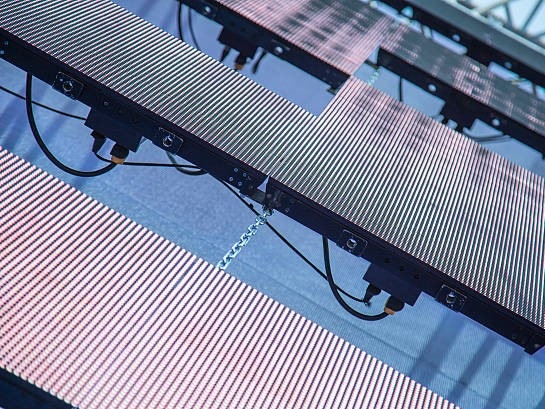 Visual Performance and Adaptability
Visual Performance and Adaptability
While mobility and lightness define the engineering aspect, visual performance remains the core of any LED display system. The latest modular LED display panels deliver superior image quality through high contrast ratios, fine pixel pitches, and wide color gamuts. Advanced HDR processing and auto-calibration features ensure that even temporary installations maintain consistent brightness and color accuracy across panels.
Furthermore, these displays are adaptable to multiple configurations—curved, hanging, or free-standing—providing designers with creative freedom. Whether used for indoor exhibitions or large-scale outdoor displays, modular LED systems can easily adapt to both environmental conditions and artistic demands.
The integration of wireless control systems and smart monitoring software also enhances usability. Operators can remotely adjust brightness or display content, ensuring optimal visibility under changing lighting conditions. This adaptability has become increasingly valuable for outdoor events that require rapid content updates or dynamic brand messaging.
The Sustainability Perspective
Beyond performance and convenience, sustainability has emerged as a central consideration in LED system development. Lightweight modular LED systems reduce carbon footprints through lower transportation energy consumption and modular reuse. Instead of replacing entire displays, users can update individual modules or components, reducing electronic waste.
In addition, modern systems incorporate low-power LED chips that deliver high brightness at reduced energy levels. This efficiency aligns with global sustainability goals while reducing long-term operating costs for both event organizers and display owners. As the industry moves toward more responsible practices, modular LED systems represent a tangible step forward in eco-conscious display technology.
Conclusion
The rise of lightweight modular LED display systems marks a pivotal moment in the evolution of visual communication technology. Their combination of structural efficiency, mobility, and high-definition performance has reshaped how events, advertisers, and production firms approach temporary and mobile visual installations.
By merging portability with technological sophistication, these systems have made professional LED solutions more accessible and sustainable. As innovation continues, the modular LED industry will play a defining role in shaping the future of both mobile and rental display applications.
In essence, lightweight modular LED systems exemplify the balance between engineering precision and creative flexibility—an evolution that continues to illuminate the global stage of modern visual communication.

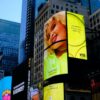
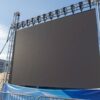
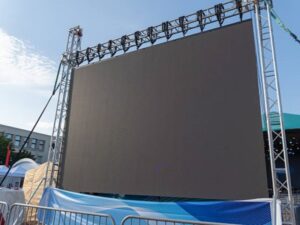
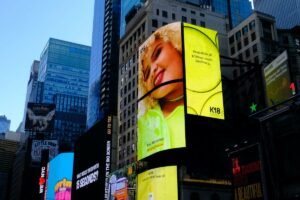
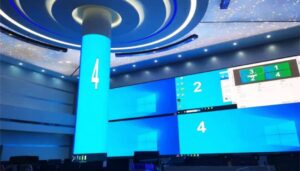
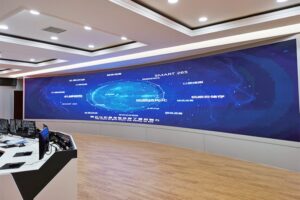
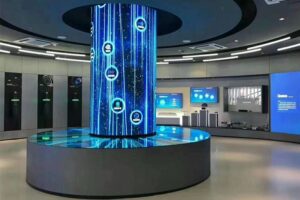
Leave a reply